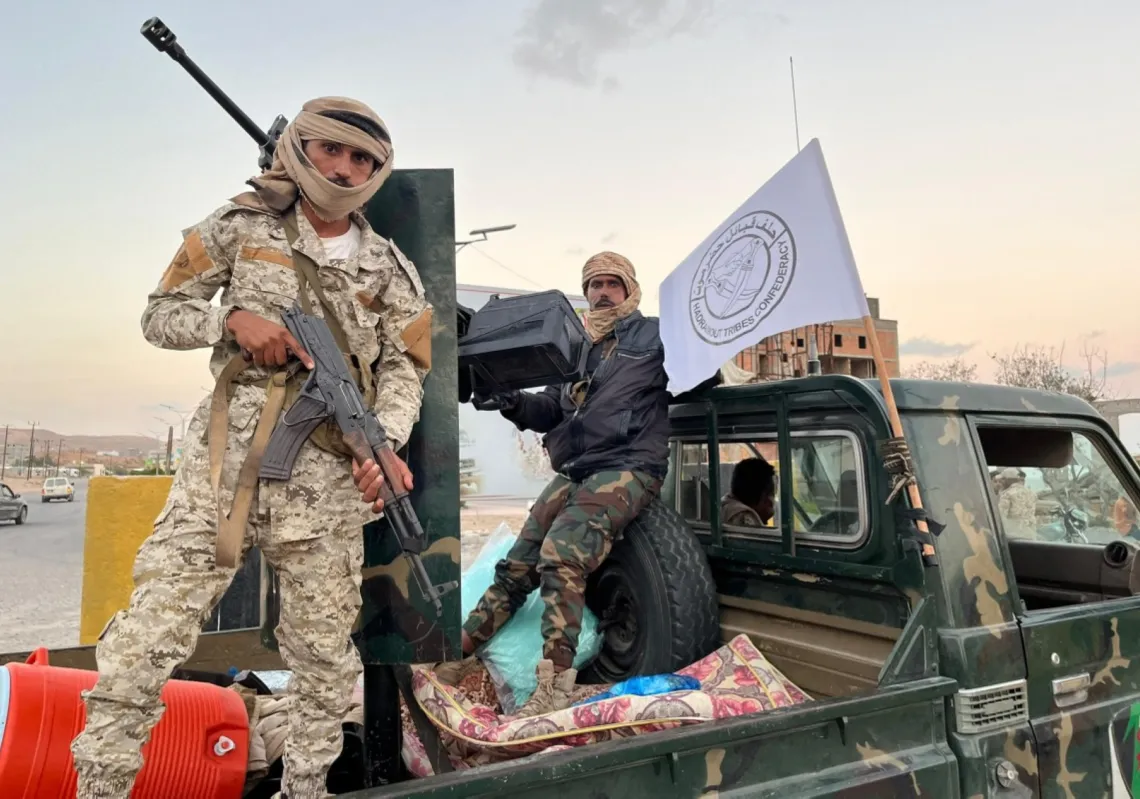 A Yemeni man holds up a banner during a protest against US drone attacks on Yemen close to the home of Yemeni President Hadi, in the capital Sana'a, on January 28, 2013. (AFP/Getty Images)[/caption]Within days of Washington's announcement on August 3 that it was closing its embassy in Yemen, all Western embassies in Sana'a were closed and embassy staff were evacuated from the country. The military literally barricaded the capital off with armored vehicles while drones patrolled the skies.
A Yemeni man holds up a banner during a protest against US drone attacks on Yemen close to the home of Yemeni President Hadi, in the capital Sana'a, on January 28, 2013. (AFP/Getty Images)[/caption]Within days of Washington's announcement on August 3 that it was closing its embassy in Yemen, all Western embassies in Sana'a were closed and embassy staff were evacuated from the country. The military literally barricaded the capital off with armored vehicles while drones patrolled the skies.
For the first time, Yemen as a nation woke up to the reality of America's war on terror. Al-Qaeda was no longer a distant threat in remote tribal provinces: its shadow hovered over the subdued capital.
As Washington rolled out its counter-terror strategy, determined to sever the head of the Islamic kraken before it had a chance to carry out an attack against its interests, Yemenis stood, distraught, as drones hammered their provinces on the off-chance of catching terror operatives, leaving a bloody trail of devastation in their wake.
[inset_left]In the first two weeks of August, at the very height of Washington's terror threat, nine drone strikes were authorized with a combined death-toll of at least thirty-seven.[/inset_left]
In the first two weeks of August, at the very height of Washington's terror threat, nine drone strikes were authorized with a combined death-toll of at least thirty-seven, including many civilians. A Yemeni official at the defense ministry told CNN that “nearly a dozen of the killed over the past two weeks are believed to have been innocent.”
While the White House has defended its position by insisting that drones are still the US's best bet against terror, reports have challenged the veracity of such claims. A joint New York University–Stanford University study suggested that only 2 percent of those killed by drones in Pakistan were considered high-value targets—raising some serious questions over not only the Pentagon's strategic approach to terrorism, but also over its sustainability.
It is now common knowledge that for every drone the White House authorizes, Al-Qaeda in the Arabian Peninsula (AQAP) gains in sympathy and popular support.
Speaking on the effects of drones in Yemen and their global impact as a counter-terror weapon, Jeb Boone, former managing editor of the Yemen Times, wrote, "To kill a member of AQAP in a [drone strike], if the strike was successful and based on accurate intelligence, is to kill a tribesman and community member. More often than not, that person’s family members and fellow tribesmen will take up arms against Yemeni government infrastructure to exact their revenge. Not only do drone strikes increase distrust in the American and Yemeni governments, they contribute to Yemen’s instability as tribesmen attack electricity and oil infrastructure in response to the killing of their family or community members, whether or not they were affiliated with AQAP."
Experts have long challenged the Pentagon's strategy in Yemen by arguing that drones and troops on the ground would ultimately prove counter-productive—especially in a country such as Yemen, which is profoundly tribal and fragmented.
As noted by Abdel Bari Atwan, writer and former editor of Al-Quds Al-Arabi, "Drones are unlikely to win the war on terror when they alienate hearts and minds." Despite the warnings, US president Barack Obama is intent on increasing America's military footprint on Yemeni soil, and so are its allies, the United Kingdom and France. On August 15, British officials confirmed the British forces, in collaboration with France, had staged a massive show of naval force in the Arabian Peninsula within striking distance of the coasts of Yemen, in a bid to stifle an Al-Qaeda comeback.
Rajeh Babi, an adviser to Yemeni prime minister Mohammed Salem Basindwa, strongly warned against such short-sighted strategy by telling reporters, “It does not simply come down to how many deaths have been caused by the drones. . . . A successful strategy cannot rely on sheer military force alone, because it is much more than a security threat.”
He added: "The underlying causes of terrorism are in the political, social, educational, and mostly economic problems of our country. We believe that bloodshed can only lead to more bloodshed; therefore, drone strikes cannot be a viable solution to this problem."
If one can understand that President Obama's administration has sought to avert yet another "Benghazi" debacle—an incident like the death of US ambassador to Libya Chris Stevens and several others at the hands of militants in 2012—by pulling out its staff and ordering an unparalleled military mobilization in Yemen, one cannot shy away from acknowledging the danger of a "trigger-happy" strategy in a country as fragile and geo-strategically important as Yemen. The intelligence services of both the Netherlands and Germany have disputed the US’s perceived over-reaction to what they viewed as a diffuse threat from Yemen.
More importantly, Washington's explicit fears of a potential Al-Qaeda attack simply magnify the terror group's ability to terrorize, amplifying the aura of fear it already generates. Since fear is essentially what feeds terrorism, the US handed Al-Qaeda an important victory while depressing its own image in the eyes of the very people who best could help it defeat the evil of extremism.









